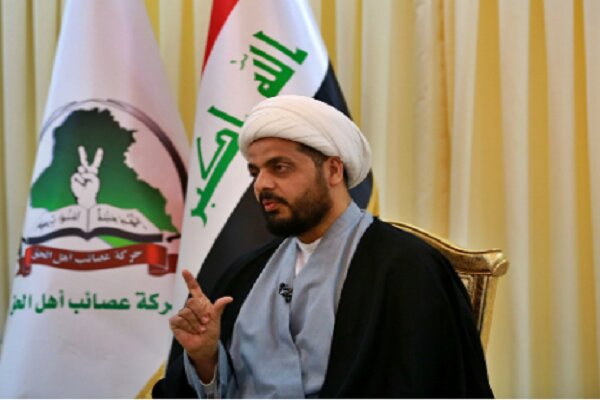Trump’s Upcoming Riyadh Visit: Unpacking Regional Power Dynamics and Its Implications
President Donald Trump’s inaugural international trip of his second term takes him back to Saudi Arabia, a choice that resonates with his first global appearance in 2017. This visit comes amid escalating regional tensions, including the ongoing conflict in Gaza, challenging negotiations regarding Iran’s nuclear ambitions, and evolving alliances in the Middle East. Trump’s strategy, known for its transactional diplomacy and personal connections with authoritarian rulers, is aimed at reshaping U.S. influence in West Asia.
Coinciding with a significant Gulf Cooperation Council (GCC) summit in Riyadh on May 14, Trump’s visit brings together leaders from the Persian Gulf and the United States to tackle urgent regional issues. This summit serves as a crucial platform for discussions surrounding:
- Security concerns in the region
- Economic cooperation among member states
- Addressing ongoing challenges affecting regional stability
The leadership of Saudi Arabia, particularly Crown Prince Mohammed bin Salman (MBS), sees this summit as a chance to fortify ties with the U.S. while cautiously addressing sensitive topics, including the Israel-Palestine conflict and the normalization of relations with Israel.
U.S. Nuclear Strategy in West Asia
A potential civil nuclear deal between the U.S. and Saudi Arabia emerging from Trump’s visit marks a significant strategic shift with implications for regional security and U.S. standing in West Asia. Unlike prior administrations, the current administration has reportedly abandoned the long-standing requirement that Saudi Arabia must normalize relations with Israel before entering nuclear cooperation discussions.
This change indicates a pragmatic separation of the nuclear agreement from the contentious normalization issue, which Riyadh has traditionally linked to advancements in Palestinian statehood. However, this development has sparked serious concerns in Israel. Israeli officials fear that pushing forward with a Saudi nuclear program without their approval could jeopardize regional security, particularly due to Saudi ambitions in uranium enrichment.
The Netanyahu administration, which currently lacks sufficient Senate support to block the deal, has expressed anxiety about being marginalized, as Washington appears poised to move ahead despite Israeli protests. This scenario complicates U.S.-Israel relations and may alter the balance of power in the region, prompting Israel to reassess its diplomatic and security strategies in light of a potentially more autonomous and nuclear-capable Saudi Arabia.
In summary, the U.S.-Saudi nuclear cooperation initiative represents a daring adjustment of U.S. policy in West Asia under Trump, prioritizing strategic and economic interests with Riyadh while risking increased tensions with Israel and disrupting the delicate regional balance.
Expanding the Abraham Accords
In his second presidential term, Trump aims to expand the Abraham Accords to as many Arab nations as possible, aspiring to create a framework for local peace that encompasses political, economic, and security cooperation. However, the ongoing conflict between Israel and Hamas, coupled with recent actions from the Israeli government, has complicated these efforts. Saudi Arabia and its neighboring Arab states have condemned Israel’s military actions in Gaza, with MBS even accusing Israel of genocide, thereby resurrecting the Saudi demand that Palestinian statehood be a prerequisite for normalization.
The significance of Trump’s trip, occurring shortly after the commencement of his second term, cannot be overstated. His selection of Saudi Arabia as his first foreign destination underscores the critical role of the Middle East in U.S. foreign policy and sends a clear message that Washington intends to deepen its engagement in the Persian Gulf region. This visit aspires to redefine U.S. relations with key international partners and construct a robust regional security framework.
Ultimately, Trump’s journey to Saudi Arabia transcends a mere diplomatic visit; it encapsulates pivotal strategic messages and fundamental shifts in U.S. foreign policy and regional dynamics. By focusing on two main pillars—major investments and advanced arms sales, alongside nuclear cooperation and a necessary reevaluation of the Palestine-Israel issue—this trip could herald a new chapter in the complex and fraught history of West Asia, potentially altering its security, political, and economic landscapes.






